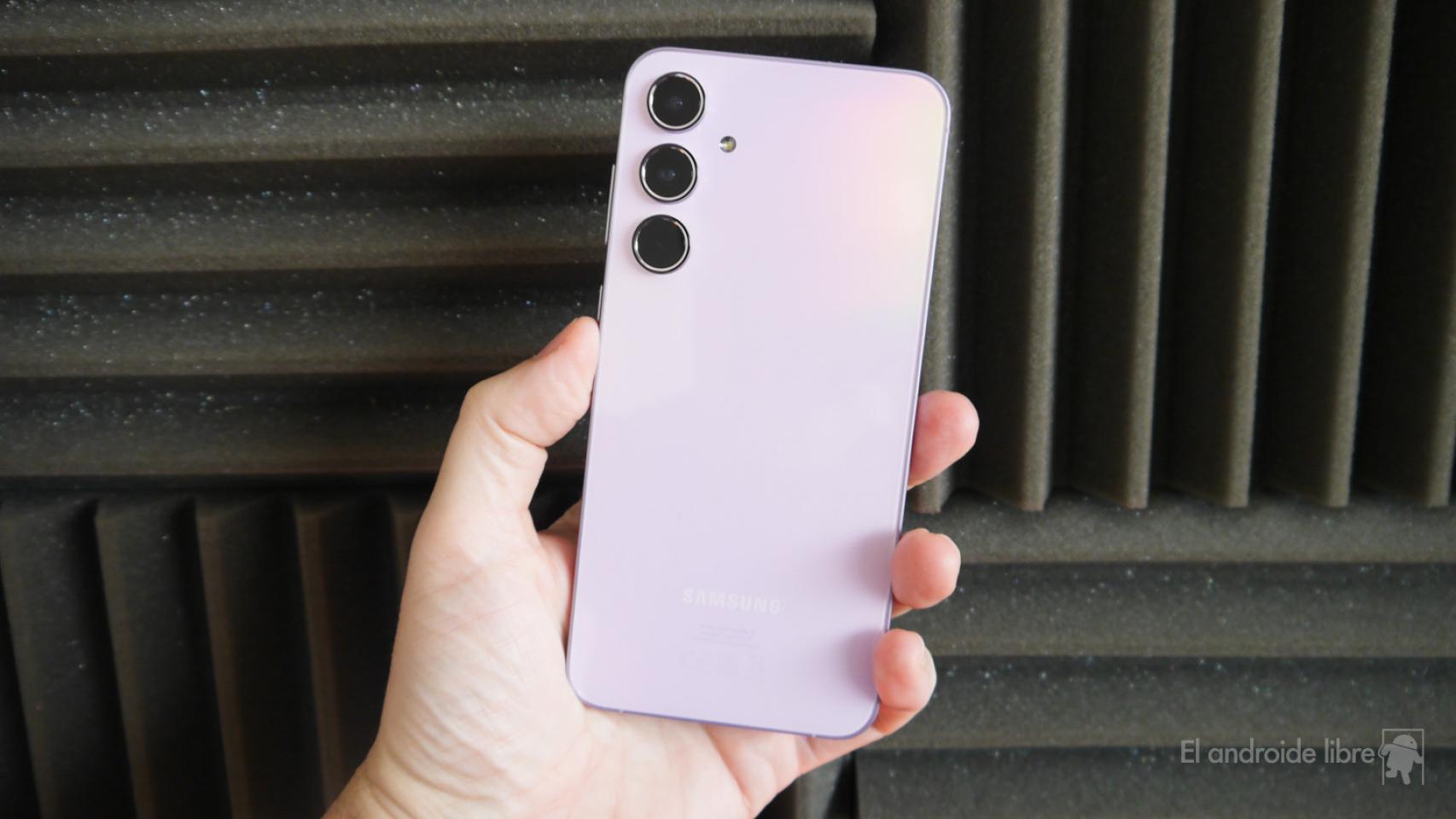Google Maps is the GPS navigator for Android and that gives it a significant advantage over the others: if you don’t install anything, it’s the app you’ll use by default. That said, I think it’s a great app, to use both on foot and in the car, directly from the phone or with Android Auto. Of course, when driving, I’ve always preferred Waze: I like its colorful interface and I think its community is its most valuable asset.
But there is life beyond Google Maps and Waze: Who would have told me that I would return to TomTom. Because before using the mobile phone or a car infotainment system, there were navigation devices to help us get from point A to point B and one of the most renowned brands was precisely TomTom.
Well, in the current scenario, TomTom continues to exist as a device but it is also a navigator and what a navigator: given the company’s experience, that it is free and that it is compatible with Android Auto, I tried it and it convinced me so much that now This is the navigation app I use the most while driving..
No more Google Maps or Waze: I’m back with TomTom
I like the look of Waze more than Google Maps, but TomTom is another story: I love its clear and uncluttered interface, without any straw that confuses me. In fact, and this is a plus even if all three are free, TomTom is the only one without ads, which are sometimes annoying by hiding relevant content or confusing if you are looking for something specific. There is only what is important and it is shown by playing with colors and sizes to identify it at a glance.
In this sense, I emphasize how much combine colors and thicknesses of the lines to avoid errors and prioritize what’s relevant (e.g. if you’re speeding). It’s more sober than Waze, but more balanced in terms of tone and I like that it only includes what’s necessary and nothing more.


So, it has a light and dark mode depending on the moment and in both cases it displays the speedometer, the indications, the needle and, if there is one in front: clearly and forcefully warns of radars visually and orally so you can ignore them. First, with a fairly large and overlapping icon. Then, you exceed the radar speed limit? It warns you vocally. By the way, it includes both fixed and mobile radars.
TomTom has been dedicated to this for many years and it shows in its maps.: maybe in the city it is not so striking since Waze and Google Maps also have the most complete mapping, but it would not be the first or the last time that Google applications skid in the middle of nowhere with a detour that does not exist or that it is a goat path. With TomTom for the moment I am quite satisfied in this sense, it seems to me that it has an exhaustive and updated map database.


Google Maps and Waze are full of options and that’s good for customizing the experience, but after years of using them, it’s clear to me that I need a lot less than what they offer. In that sense, I like the simplicity of TomTomwhich limits these settings to changing the display mode, volume, and the ability to avoid tolls, ferries, highways, and unpaved roads. Of course, you can also leave reviews so the community is informed about road incidents, such as roadworks, traffic jams, or speed cameras.

TomTom AmiGo
Free GPS Navigator Without Ads
Home | Eva Rodriguez de Luis
In Xataka Android | I tested the legendary TomTom on Android Auto and I’m not disappointed: the free version is able to compete with Waze and Google Maps








